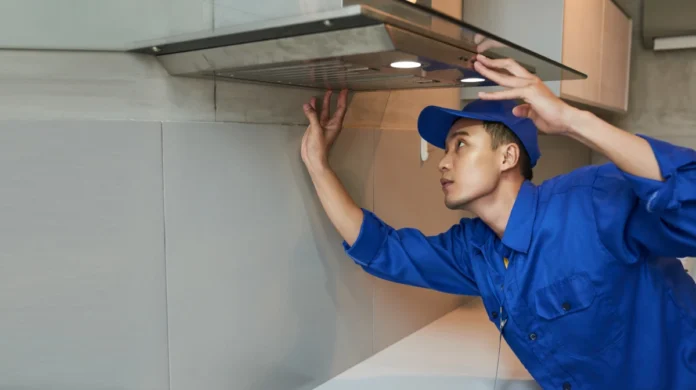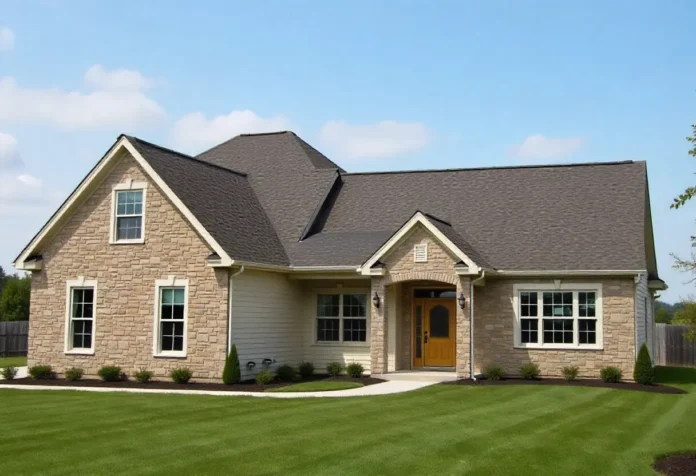Most homeowners spend more time in their kitchen than in any other room in the house. It’s where breakfast happens in a rush, where groceries get unpacked, where kids do homework while dinner cooks. So when that space stops working well, it affects everything. But here’s the thing—not every kitchen update delivers the same value. Some renovations pay off in ways that compound over the years, while others just look nice for a season or two.
The question isn’t really whether kitchen renovations are worth it. The better question is what makes one worth it versus another that ends up feeling like money down the drain.
The Financial Return Everyone Talks About
Real estate agents love to mention that kitchens sell homes. And they’re not wrong. A well-done kitchen renovation typically returns somewhere between 50% and 80% of its cost when a home sells. That’s not a full recoup, but it’s substantially better than most other home improvements.
But that number doesn’t tell the whole story. The homes that see the higher end of that return share some common factors. They’re not the ones with the most expensive finishes or the trendiest colors. They’re usually the ones where the renovation solved actual problems—poor layout, insufficient storage, outdated appliances that weren’t just old but genuinely inefficient.
The problem is that most people focus on aesthetics first and function second. That’s backwards. A beautiful kitchen that doesn’t work well might impress during a showing, but it won’t command the same premium as one that’s both attractive and genuinely practical.
What Happens When You Actually Use the Space
Here’s where the math gets interesting. Financial return at resale is one thing, but what about the value of using a better kitchen for five, ten, or fifteen years before selling?
Think about how many meals get prepared in a decade. If a better layout saves even ten minutes of frustration per day, that’s over 60 hours per year. Multiply that by ten years and suddenly those thousands spent on the renovation represent a meaningful quality-of-life improvement, not just a number on a future appraisal.
Professional contractors who specialize in this work understand that the layout matters more than almost anything else. The distance between the sink, stove, and refrigerator—what builders call the work triangle—can make the difference between a kitchen that flows naturally and one that creates unnecessary steps and bottlenecks. When planning a major update, working with experienced professionals who handle kitchen renovation Newcastle projects means getting input from people who’ve seen what works and what doesn’t across dozens of homes.
Storage is the other big factor that affects daily use. Cabinets that reach the ceiling instead of leaving wasted space on top. Deep drawers for pots and pans instead of cabinets where everything stacks and nothing’s accessible. A proper pantry instead of random cupboards scattered around the room. These aren’t sexy upgrades, but they’re the ones that make cooking less stressful every single day.
The Durability Factor That Most People Underestimate
Cheap renovations need redoing. That sounds obvious, but the timeline surprises people. A budget kitchen refresh using builder-grade materials might look acceptable for three to five years. After that, cabinet doors start sagging, countertops show every scratch and stain, and the whole space starts looking tired again.
A quality renovation using solid materials and proper installation techniques should last 15 to 20 years before needing any major updates. Some elements—good cabinetry, stone countertops, quality tile—can go even longer. The upfront cost difference might be 30% or 40% more, but the lifespan difference is often triple.
This is where the investment calculation really tips. Spending $25,000 on a kitchen that lasts 20 years costs $1,250 per year. Spending $15,000 on one that needs replacing in 7 years costs $2,140 per year. The “cheaper” option actually costs more when spread across its useful life.
What Professional Installation Actually Prevents
DIY kitchen renovations can work for people with genuine carpentry skills and a lot of time. But most amateur kitchen projects run into problems that end up costing more to fix than hiring professionals would have cost in the first place.
Cabinets that aren’t level create gaps and make doors hang incorrectly. Countertops cut incorrectly leave seams that collect water and grime. Plumbing connections done wrong can leak inside walls for months before anyone notices the damage. Electrical work that’s not up to code creates safety issues and can complicate future sales.
Professional installation doesn’t just mean the work gets done faster. It means it gets done right the first time, with proper permits, inspections, and warranties that protect the investment. When something does go wrong—and occasionally something always does—there’s someone accountable who can fix it.
The Intangible Benefits That Add Up
Some benefits of a good kitchen renovation don’t show up on spreadsheets but matter quite a bit in daily life. Cooking at home becomes more appealing when the space is pleasant to work in, which can mean healthier eating and lower food costs over time. Families tend to gather more in kitchens that feel welcoming rather than cramped and outdated.
Better lighting—both natural light from windows and well-planned artificial lighting—makes the space more enjoyable to spend time in. Improved ventilation means cooking smells don’t linger throughout the house. These small quality-of-life improvements accumulate over thousands of uses.
Making the Investment Count
A kitchen renovation becomes worth it when it solves real problems, uses quality materials, gets installed correctly, and creates a space that genuinely improves daily life. The ones that disappoint are usually the ones focused on surface appearance without addressing underlying functional issues, or the ones that cut corners on materials and labor to hit an artificially low budget.
The best approach treats a kitchen renovation as a long-term investment in both the home’s value and the quality of life for everyone who uses it. That means planning carefully, choosing materials that will last, and working with people who know what they’re doing. It’s not about having the fanciest kitchen on the block. It’s about creating a space that works well, holds up over time, and makes the daily routine of feeding a household genuinely more manageable.



